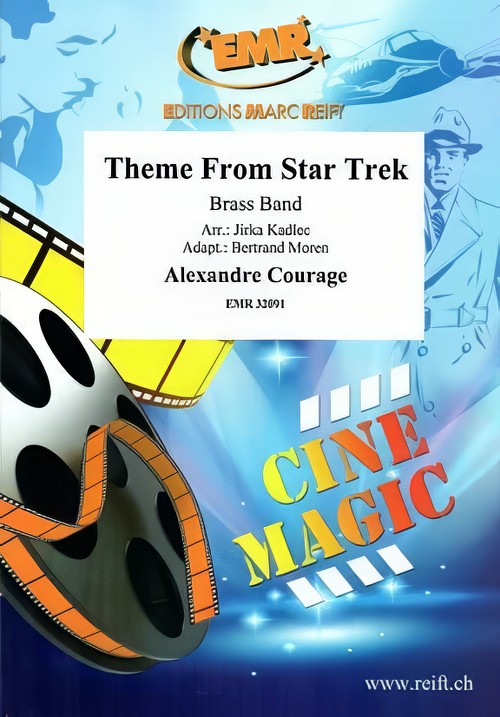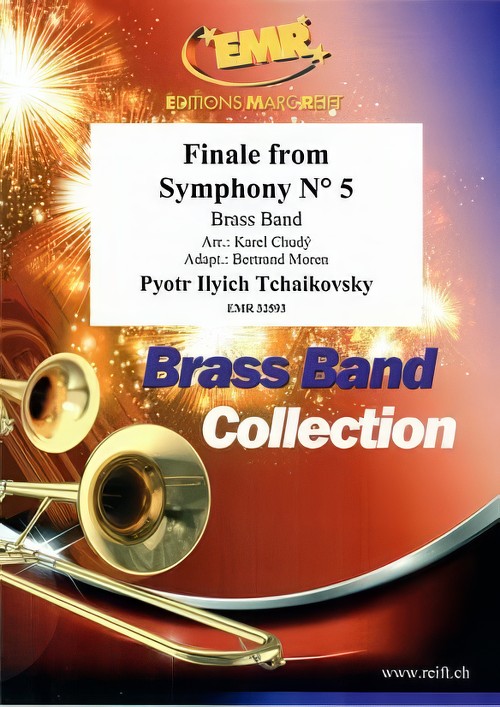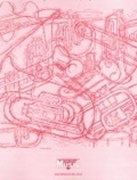We've found 1000 matches for your search. Order by
Results
-
 £50.90
£50.90SHREK, THEME FROM (Brass Band) - Powell, John - Fernie, Alan
Grade: Medium/Easy. Duration: 4:40
Estimated dispatch 7-14 working days
-
 £24.95
£24.95SOKOL FANFARE (from Sinfonietta) (Brass Band Set) - Janacek, Leos
Estimated dispatch 7-14 working days
-
 £115.00
£115.00Star Trek, Theme from (Brass Band - Score and Parts) - Courage, Alexander - Kadlec & Moren
Duration: 3.00
Estimated dispatch 7-14 working days
-
 £50.90
£50.90SUPERSTAR (from 'Jesus Christ Superstar' (Brass Band) - Lloyd Webber, Andrew - Smalley, Peter
Medium
Estimated dispatch 7-14 working days
-
 £50.90
£50.90SURREY WITH THE FRINGE ON TOP (from Oklahoma) (Brass Band) - Hammerstein & Rodgers - Fernie, Alan
Grade: Easy.
Estimated dispatch 7-14 working days
-
 £59.95
£59.95SYMPHONY No.5 (Themes from) (Brass Band Set)
Estimated dispatch 7-14 working days
-
 £115.00
£115.00Symphony No.5, Finale from (Brass Band - Score and Parts) - Tchaikovsky, Peter Ilyich - Chudy & Moren
Duration: 6.30
Estimated dispatch 7-14 working days
-
 £56.00
£56.00Thank Heaves for Little Girls (from Gigi) (Brass Band - Score and Parts) - Lerner & Loewe - Stephens, Denzil
Slightly reduced Brass Band instrumentation (no rep cornet, no 2nd horn, no 2nd trombone part)
Estimated dispatch 7-14 working days
-
 £56.00
£56.00The Bare Necessities (from The Jungle Book) (Brass Band - Score and Parts) - Gilkyson, Terry - Stephens, Denzil
Slightly reduced Brass Band instrumentation (no rep cornet, no 2nd horn, no 2nd trombone part)
Estimated dispatch 7-14 working days
-
 £30.00
£30.00The Bare Necessities (from The Jungle Book) (Eb Bass Solo with Brass Band - Score and Parts) - Baker, Leigh
-
Estimated dispatch 7-14 working days
